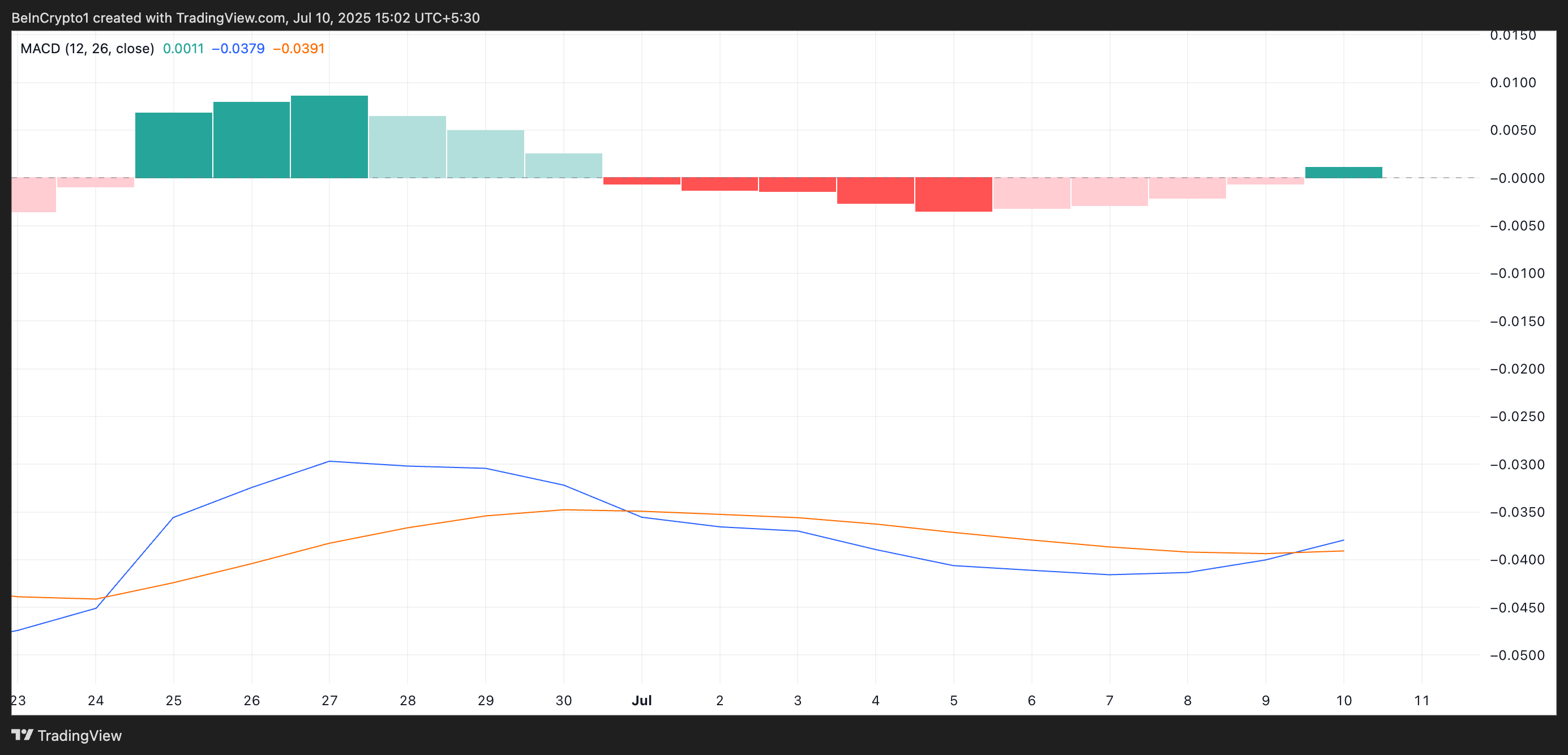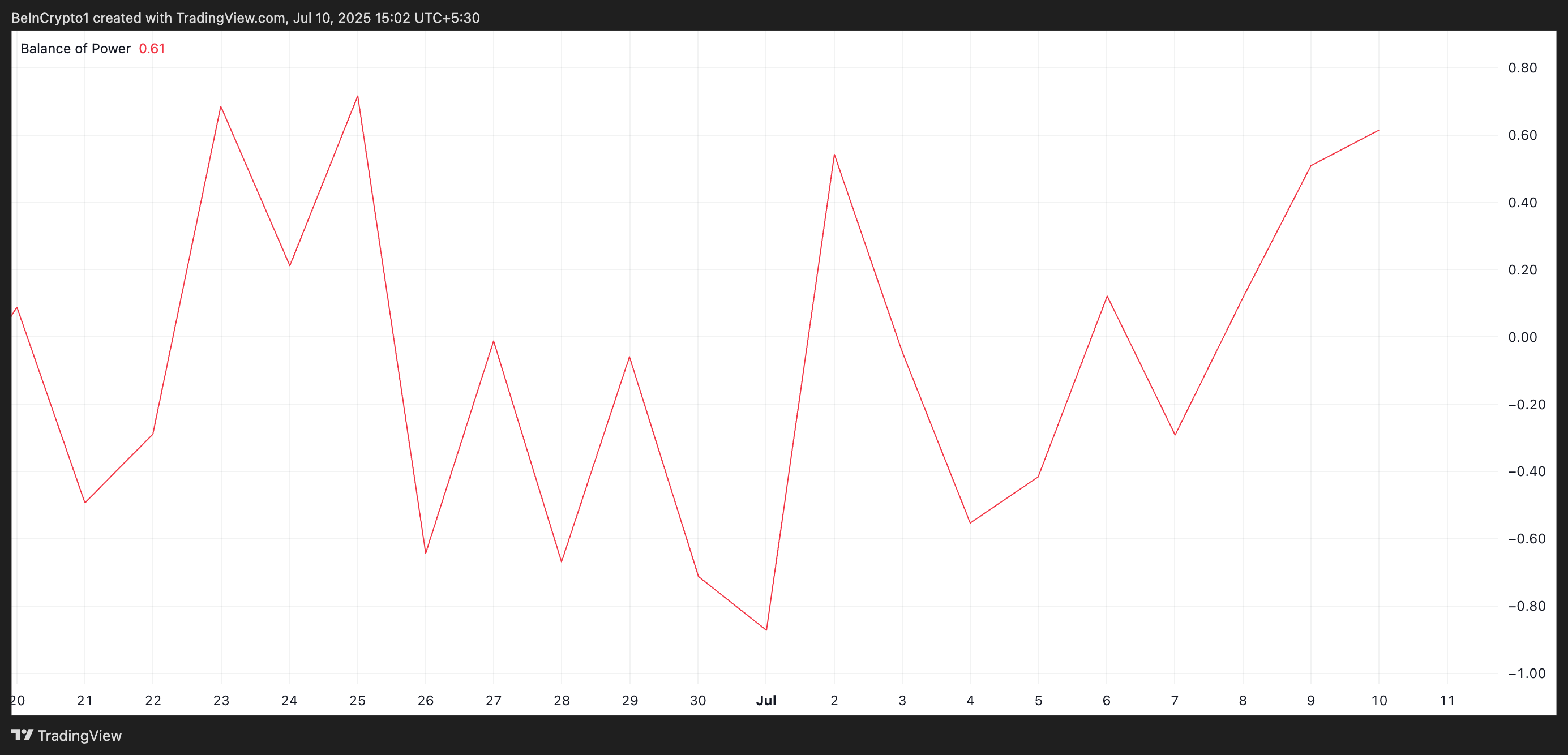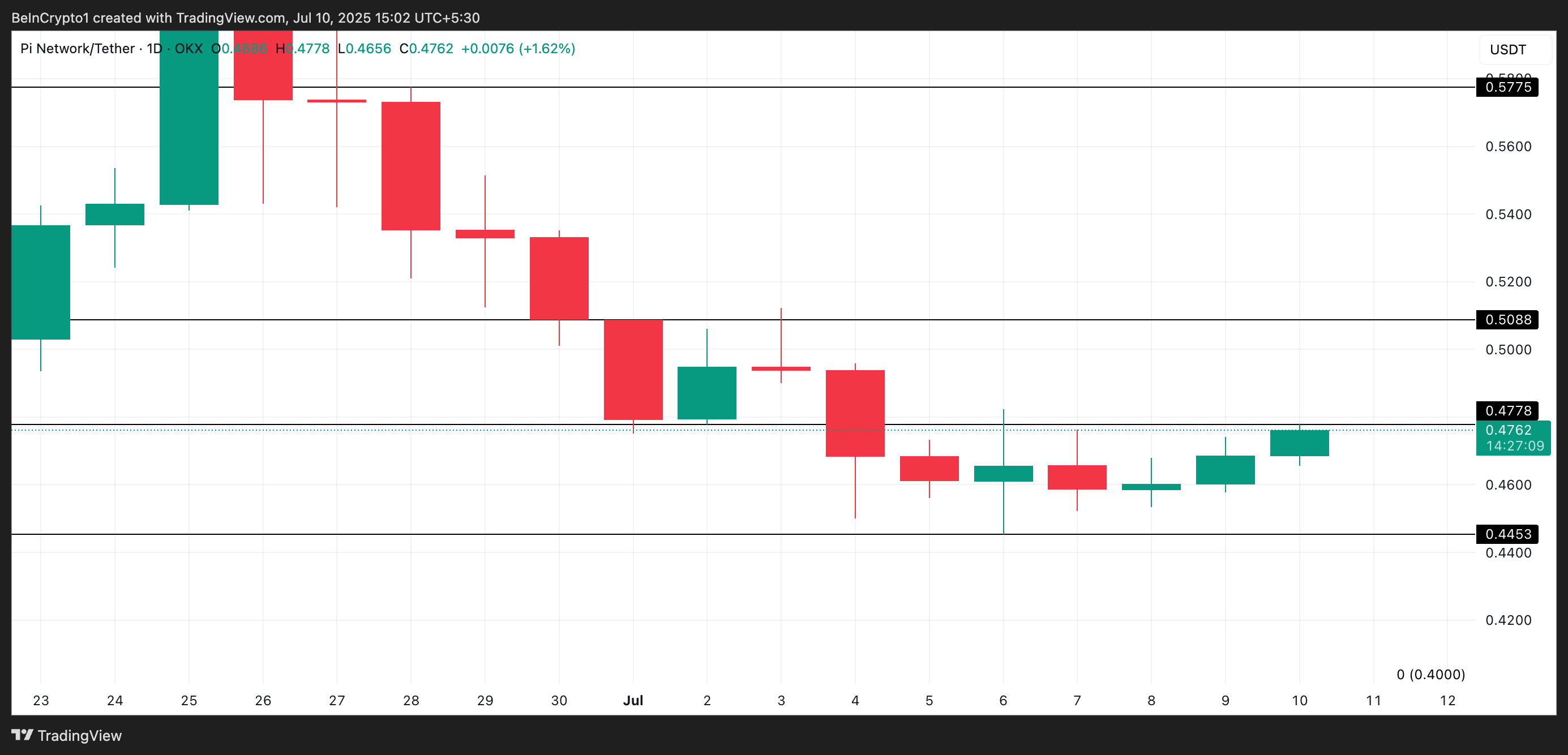Layer-1 (L1) coin SUI has defied the broader market downturn, surging 4% in the past 24 hours to become the top-performing cryptocurrency.
The price surge follows news that World Liberty Financial (WLFI), a decentralized finance (DeFi) protocol affiliated with US President Donald Trump, has entered a “strategic reserve deal” with the blockchain network.
SUI’s Uptrend Gains Momentum
According to a March 6 blog post by the Sui Foundation, the developer team behind Layer-1 blockchain Sui has entered into a partnership with WLFI. The collaboration explores product development opportunities by leveraging Sui’s technology and includes integrating Sui-based assets into WLFI’s “Macro Strategy” reserve.
Following the news, SUI’s price jumped by double digits and reached a high of $3.11 on Thursday. This price hike was also fueled by news that Canary Capital filed to establish a trust entity in Delaware for its proposed Canary SUI ETF.
While it has since experienced a slight correction, Sui has continued to experience steady demand over the past 24 hours, increasing the likelihood of a sustained rally in the short term.
SUI’s Balance of Power (BoP) on the daily chart confirms this buying pressure. At press time, this indicator, which compares the strength of the bulls against the bears, is above zero at 0.18.
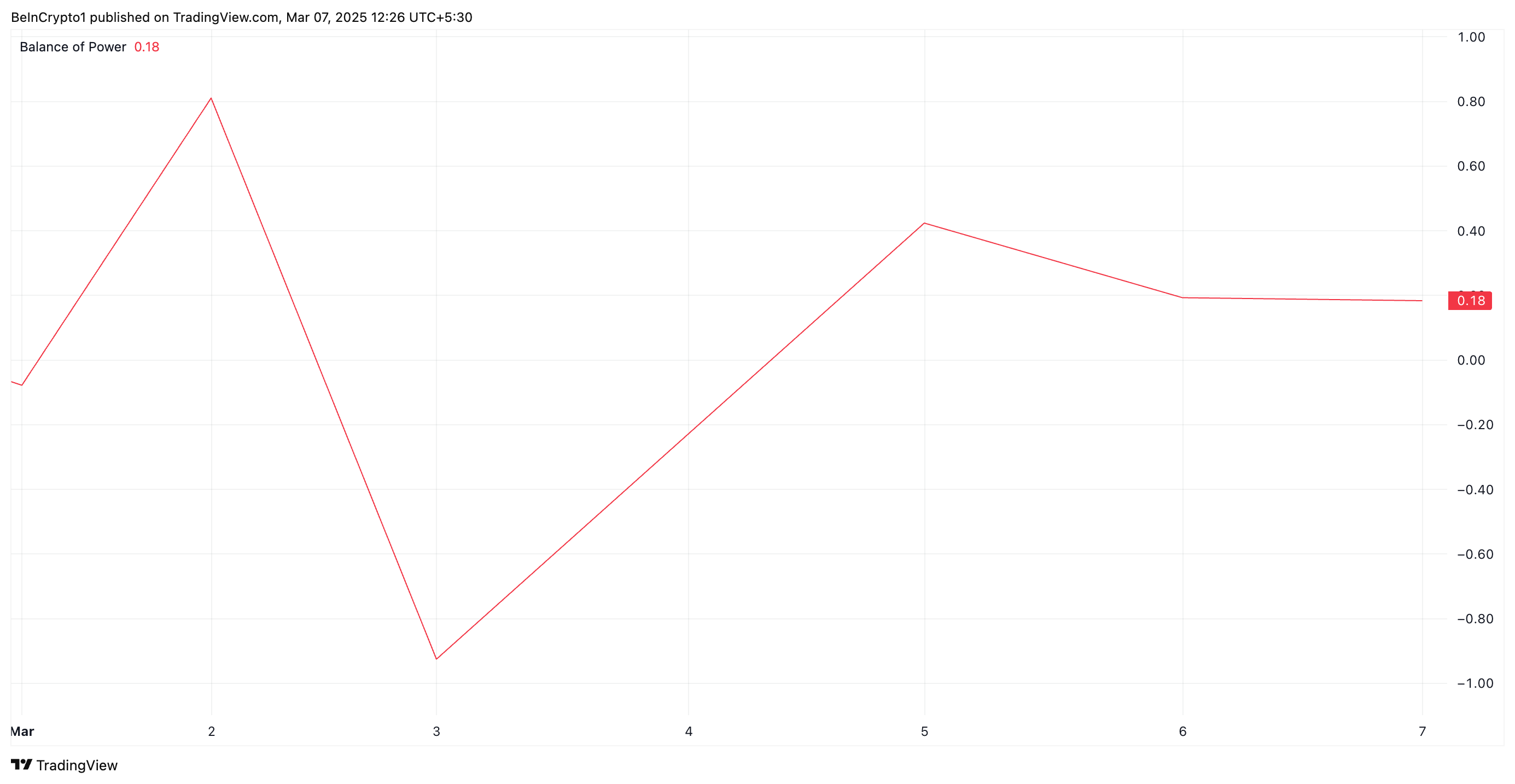
When an asset’s BoP climbs during a price rally, buying pressure strengthens, with bulls exerting significant control over price action. This suggests that SUI’s current uptrend has strong momentum and could potentially continue if demand remains high.
Furthermore, its rising Chaikin Money Flow (CMF) supports this bullish outlook. At press time, this indicator, which tracks how money flows into and out of an asset, posts a positive value of 0.02.

SUI’s CMF setup indicates more capital flows into its spot markets than out. This suggests strong accumulation and is a bullish signal, reinforcing the likelihood of continued price appreciation.
SUI Faces Key Decision Point
SUI trades at $2.79 at press time, exchanging hands slightly below the resistance formed at $3. If demand strengthens, SUI could break above this resistance and flip it into a support floor.
A successful breach of this level could propel the coin’s price to revisit its all-time high of $5.35, last reached on January 6.
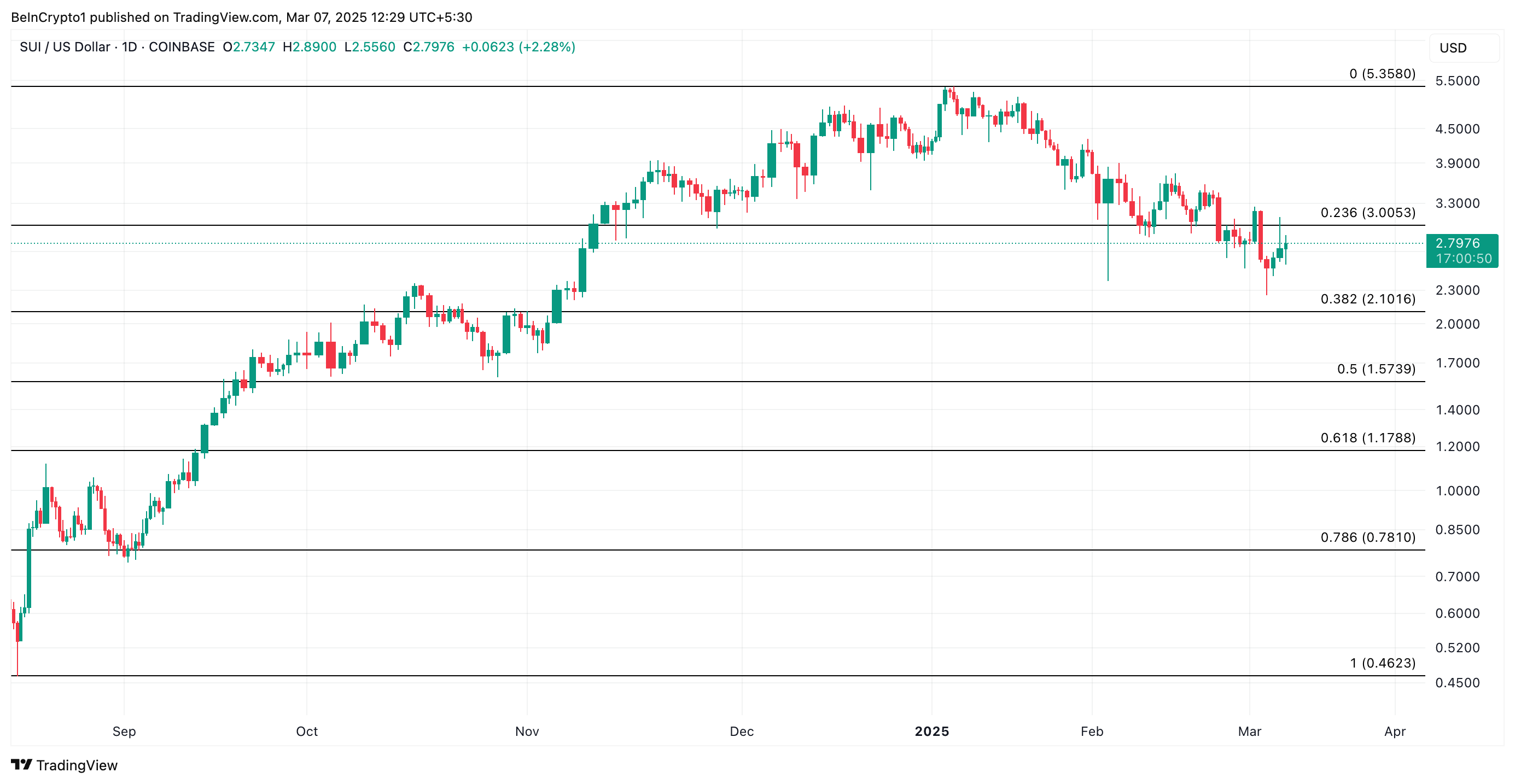
However, if this fails, it will trigger a downturn, which could cause SUI to shed its recent gains and drop to $2.10.
The post SUI Defies Market Slump with Surge Driven by Trump-Linked DeFi Deal appeared first on BeInCrypto.



